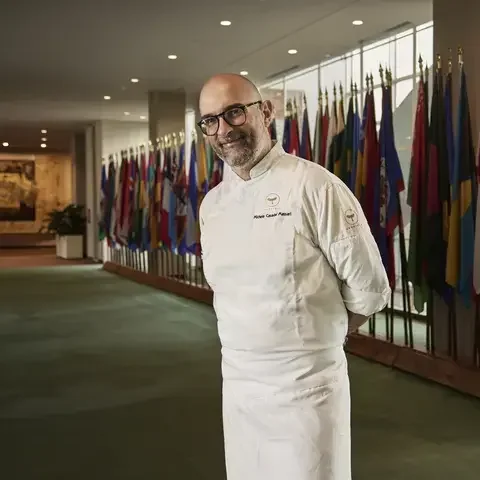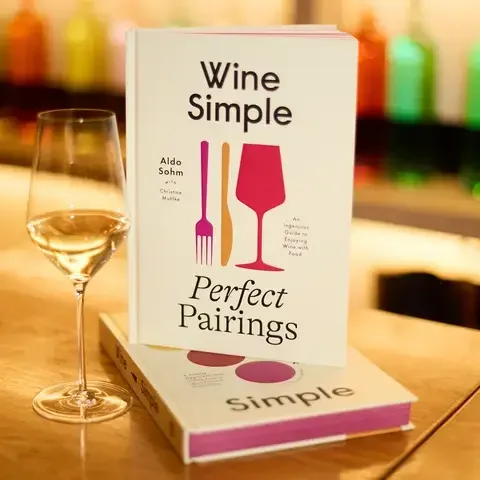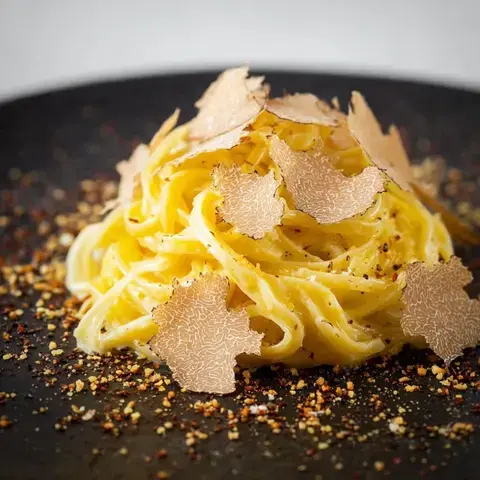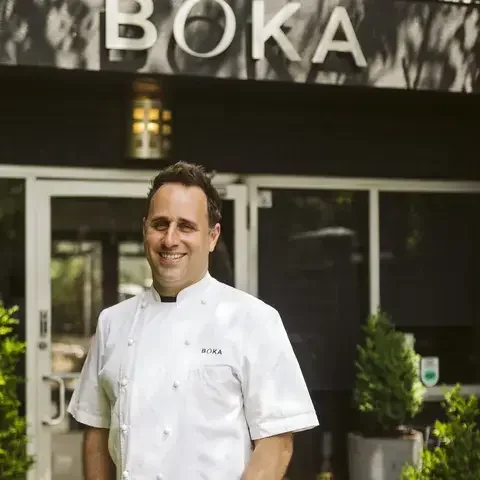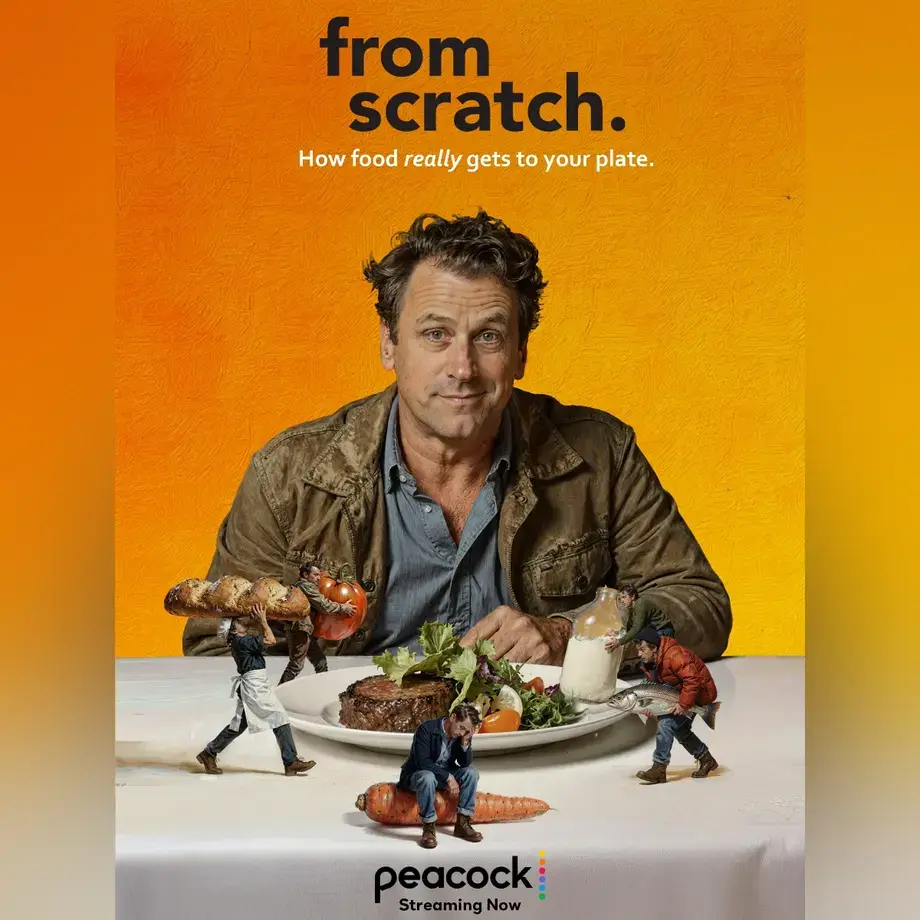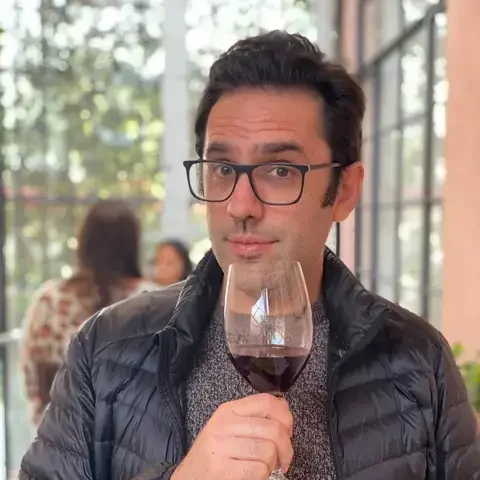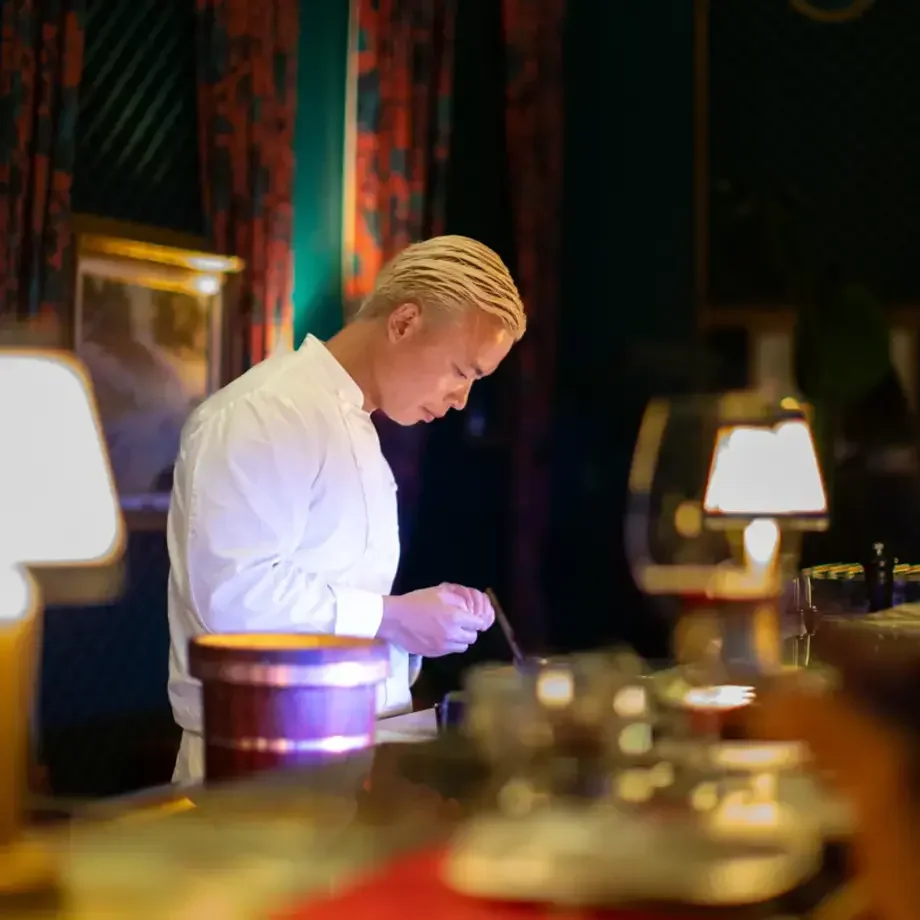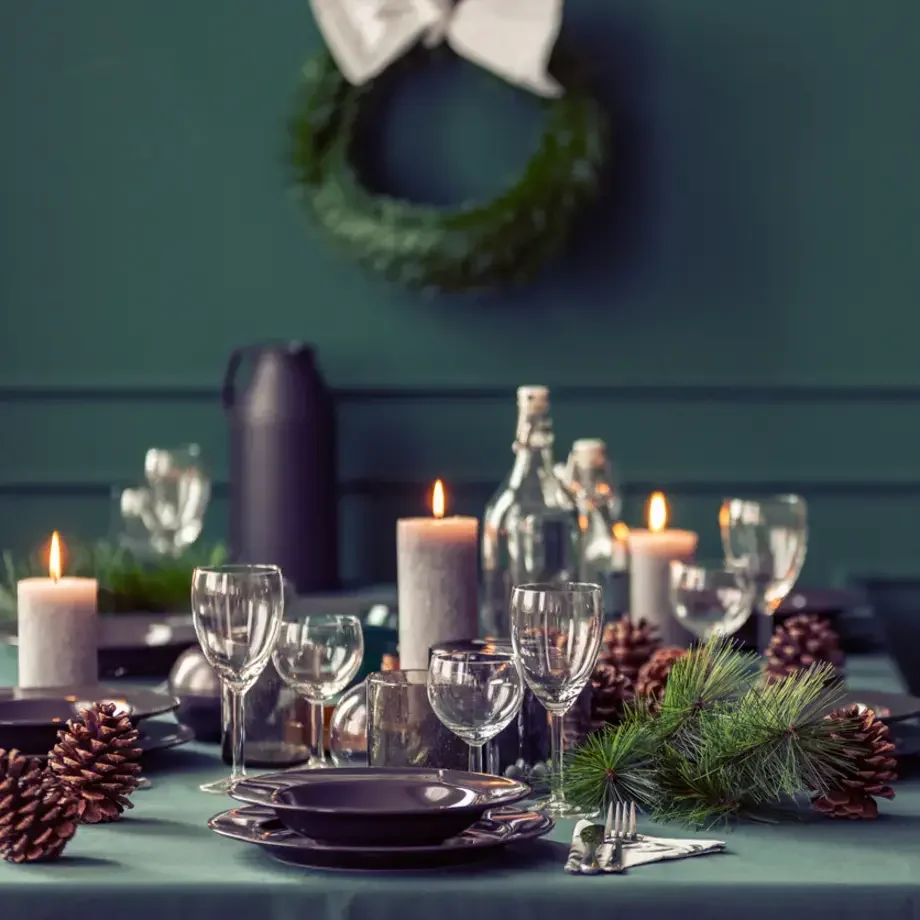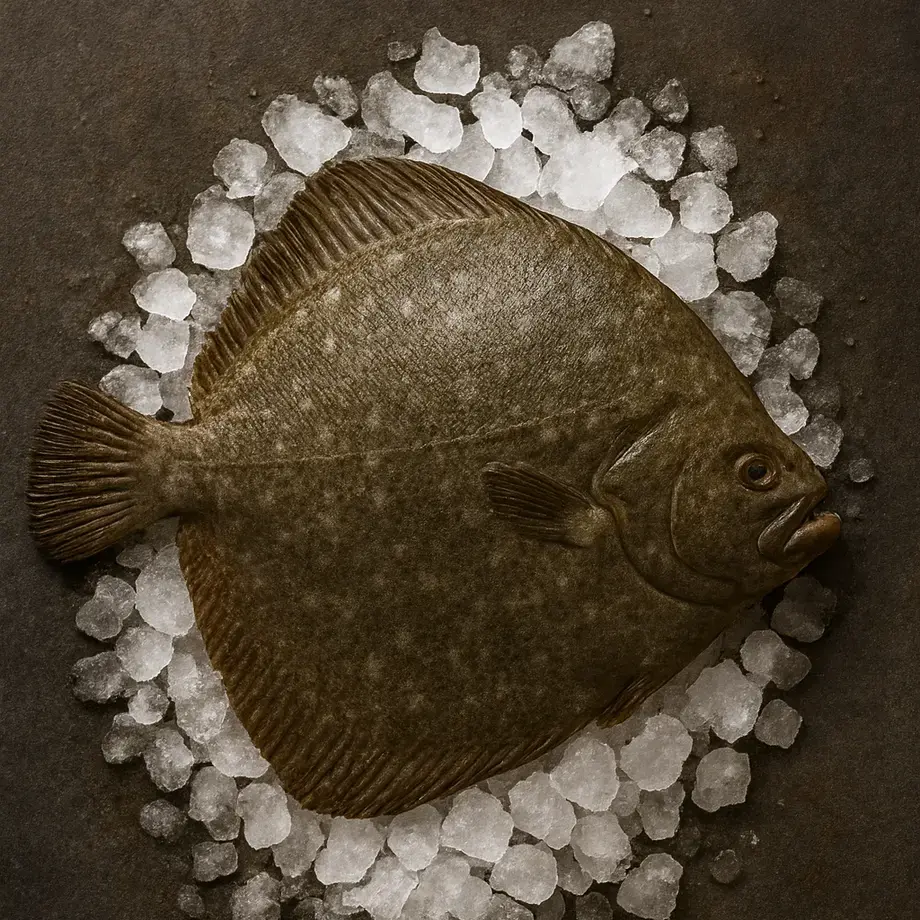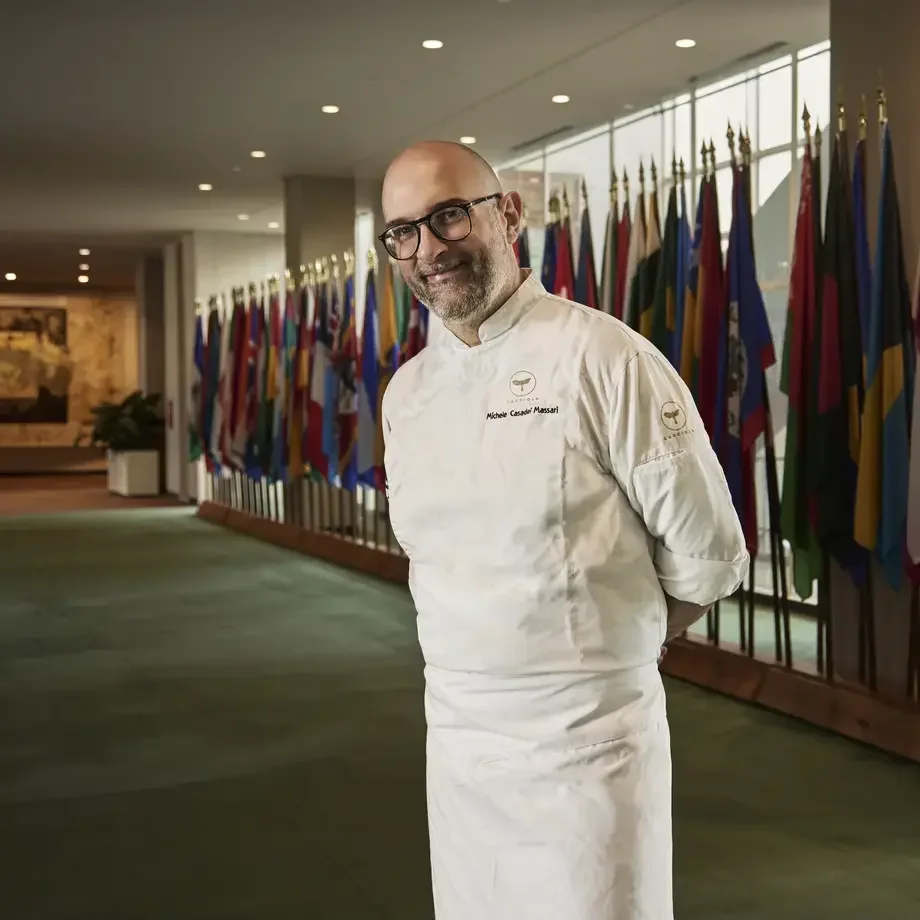As the restaurant landscape grows increasingly crowded, how do you make a lasting impression? Sure, you can bring in a star chef or mix unexpected cuisines—but some restaurants are going further by spotlighting something more personal: their own wine.
A growing number of American restaurants are taking wine curation to the next level by creating private-label bottles. These house wines aren’t just marketing gimmicks with stylish labels pasted on bulk juice—they’re the product of thoughtful collaboration between restaurant teams and winemakers, designed to complement specific menus and elevate the overall dining experience.
From coastal California to downtown Chicago to Virginia wine country, restaurants are teaming up with wineries to craft signature wines that reflect their identity. The result? Unique flavor profiles, approachable prices, and deeper connections between diners and the places they love.
Telling a Story in Every Bottle
Those deeper connections often begin with something simple: how well a wine pairs with the food. That was the driving force for Sam Bogue, beverage director at San Francisco’s Flour + Water Hospitality Group, known for its robust pastas and rustic pizzas.
“Our food leans rich and comforting,” Bogue says. “So it was paramount to bring a vivacious level of acidity and to bring to the table something to cut through the richness.”
During the pandemic, as hazy natural wines surged in popularity, inspiration struck. “It was a lightbulb moment,” he recalls. “We said, ‘Why don’t we create a slightly hazy orange wine that mimics the color of actual pasta water?’”
That idea became Pasta Water, a Muscat blend that now shares the spotlight with Mortadella, a Nero d’Avola rosé, and Pasta Sauce, a chillable Sangiovese-forward red. All are made in partnership with Subject to Change Wine Co. in Richmond, California, and adhere to principles of organic farming and low-intervention winemaking. Together, they make up the restaurant’s signature house wine program, which now sells around 750 cases annually.
The wines are designed to be accessible—priced at $15 by the glass and $55 per bottle—and serve as consistent staples amid a rotating list. They also support small-scale California producers aligned with the group’s environmental values.
"We want them to feel convivial," says Bogue of the wines. "There’s no pressure to spend at a high level to enjoy these, and that was one of the final steps to make our beverage program feel more welcoming."
In addition to the Subject to Change wines, Bogue has added two more Bay Area collaborations: Bocca al Lupo, a Vermentino with Les Lunes Wine, and Big Night, a sparkling red inspired by Lambrusco, with Hammerling Wines.

















